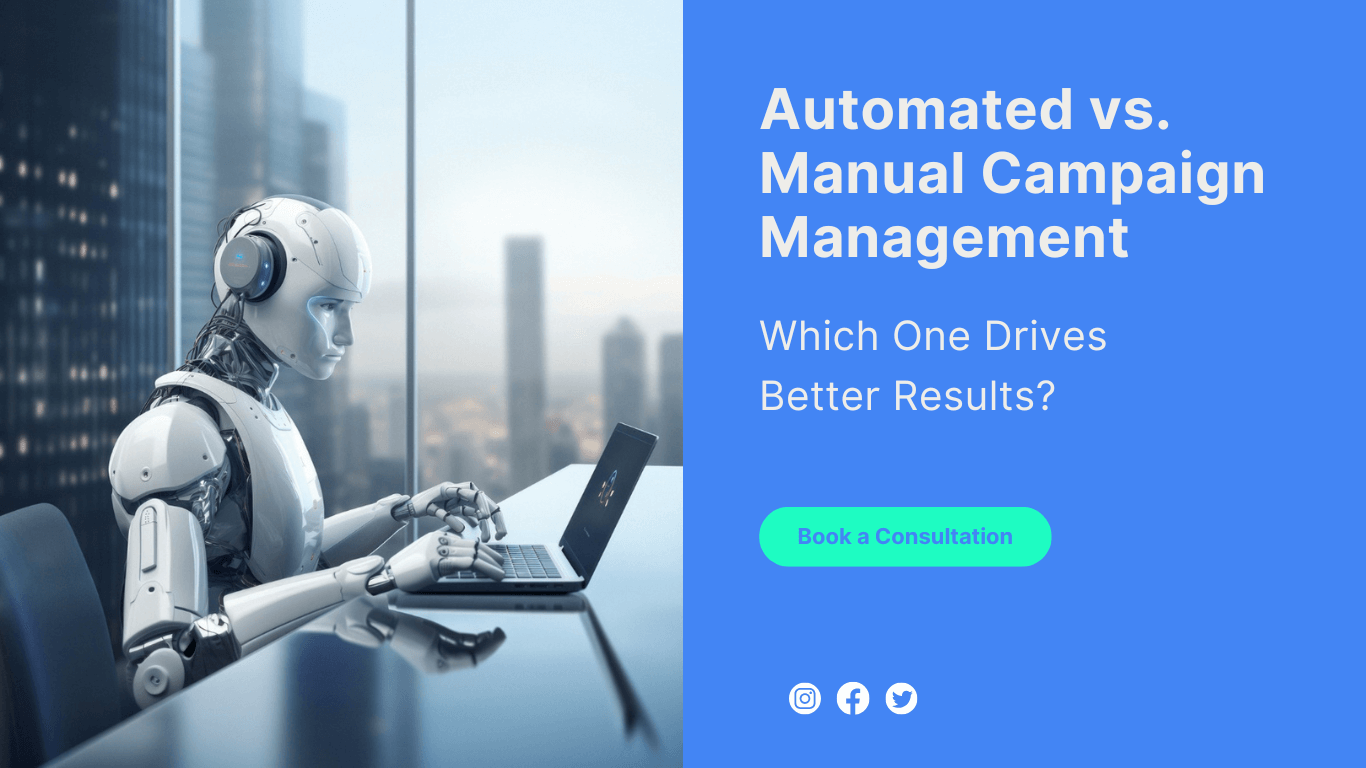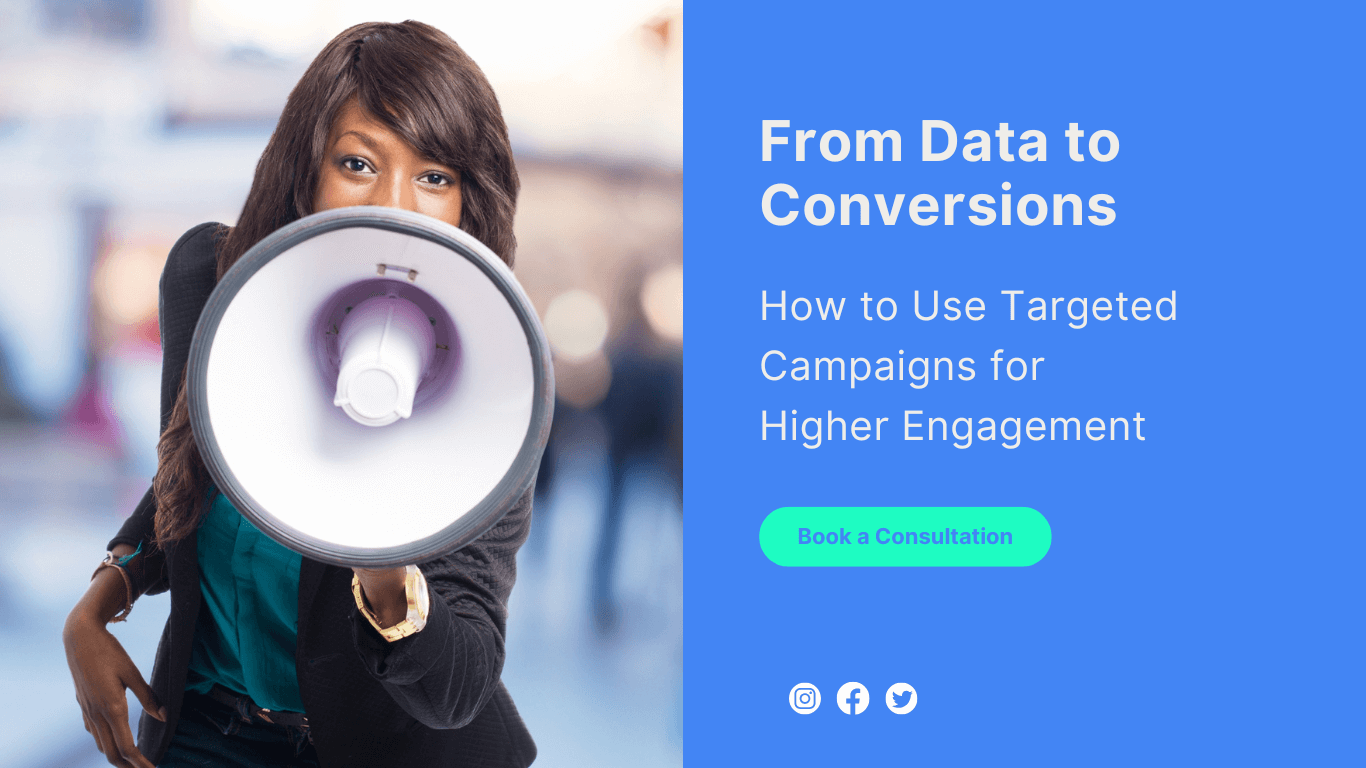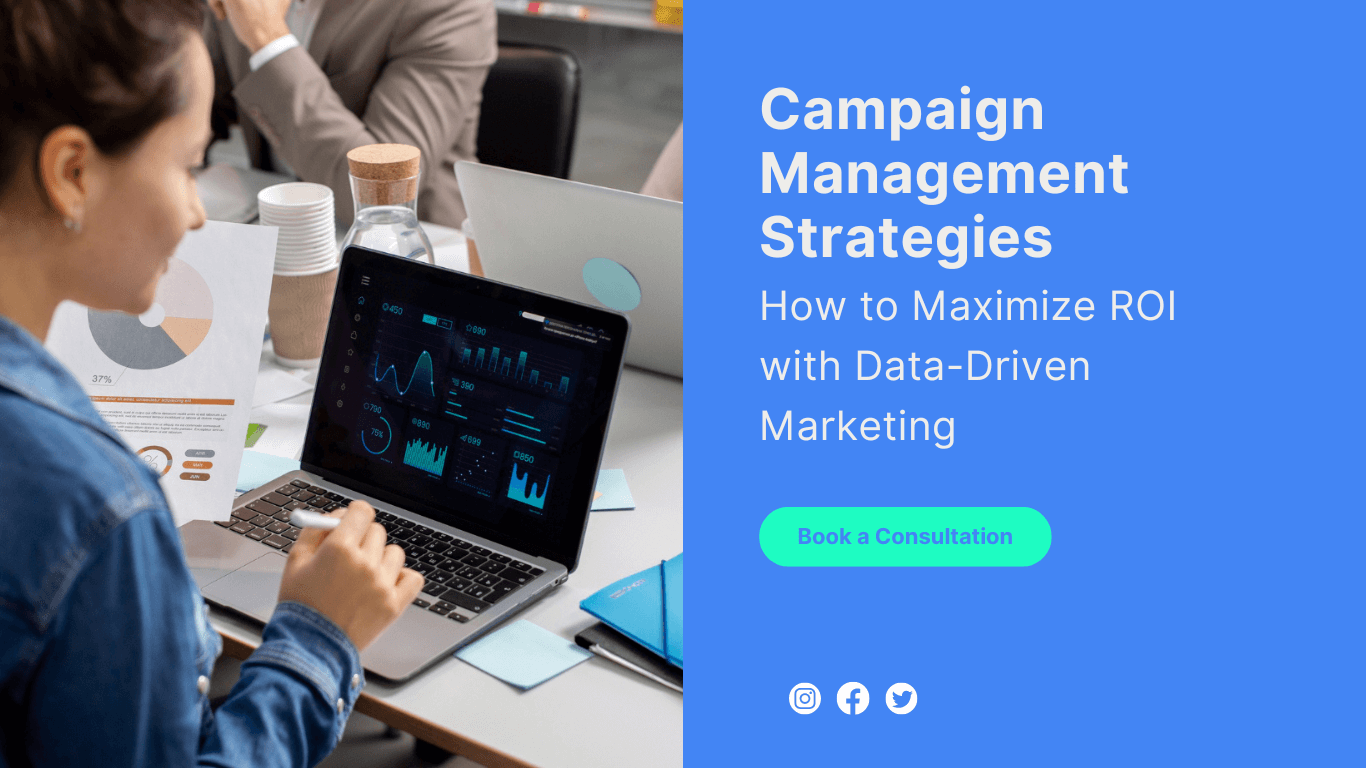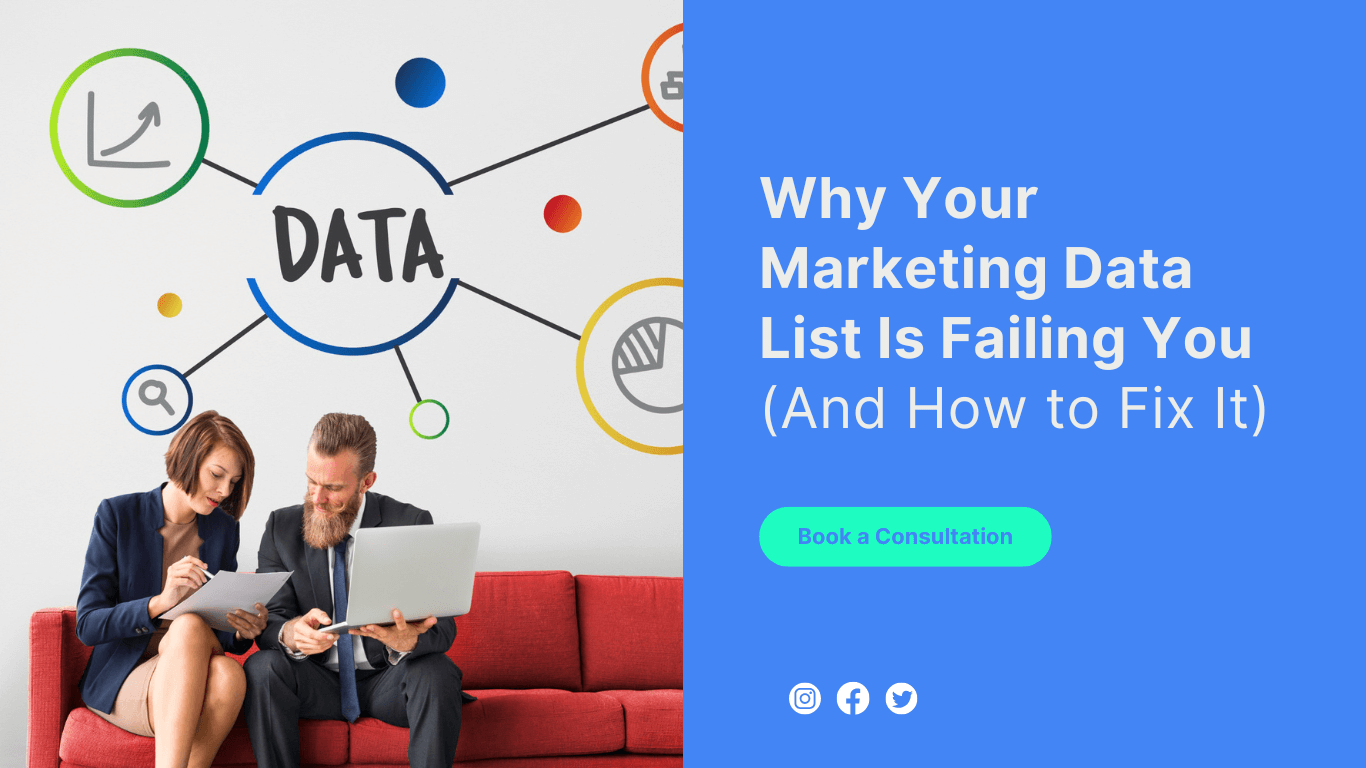Introduction
Marketing campaigns are the backbone of lead generation and sales. But when it comes to campaign management, the debate between automation vs. manual execution is ongoing.
Some marketers swear by manual control, ensuring personalized execution and adjustments. Others argue that automation streamlines processes, saves time, and increases efficiency.
So, which approach delivers better results? Let’s break it down.
1. Understanding Automated Campaign Management
What is Automated Campaign Management?
Automated campaign management uses AI, algorithms, and software to run marketing campaigns with minimal human intervention.
Common Examples:
✅ Email automation (drip campaigns, follow-ups)
✅ Social media scheduling & auto-posting
✅ AI-powered ad bidding & budget allocation
✅ Chatbots for lead nurturing
✅ Personalized content recommendations
Pros of Automation:
✔️ Saves time & reduces manual effort
✔️ Scales campaigns efficiently
✔️ Uses data-driven insights for real-time adjustments
✔️ Reduces human errors
✔️ Ensures consistency across channels
Cons of Automation:
❌ Less human touch & personalization
❌ Potential misinterpretation of audience behavior
❌ Limited flexibility for sudden changes
2. Understanding Manual Campaign Management
What is Manual Campaign Management?
Manual campaign management involves direct human intervention in setting up, optimizing, and analyzing campaigns.
Common Examples:
✅ Manually sending personalized email sequences
✅ Handpicking audience segments for targeting
✅ Live monitoring & real-time campaign adjustments
✅ Direct engagement with leads via calls or messages
Pros of Manual Management:
✔️ Higher level of personalization
✔️ Better decision-making in complex scenarios
✔️ More flexibility to pivot campaigns quickly
✔️ Greater control over creative elements
Cons of Manual Management:
❌ Time-consuming & resource-intensive
❌ Higher risk of human errors
❌ Difficult to scale large campaigns efficiently
❌ Slow response to real-time data insights
3. Head-to-Head Comparison: Which One Wins?
| Criteria | Automated Campaigns | Manual Campaigns |
|---|---|---|
| Efficiency | ✅ Highly efficient, reduces workload | ❌ Time-consuming, requires more effort |
| Personalization | ❌ Limited, though AI is improving | ✅ More personalized, human-driven |
| Scalability | ✅ Easily scalable across multiple channels | ❌ Difficult to scale large campaigns |
| Cost-effectiveness | ✅ Saves costs in the long run | ❌ Requires more human resources |
| Flexibility | ❌ Limited adjustments, follows set rules | ✅ Can be adapted quickly |
| Error Reduction | ✅ Minimizes human errors | ❌ Higher risk of mistakes |
| Real-Time Adjustments | ✅ AI-driven optimizations | ❌ Requires manual tracking & updates |
📌 Verdict?
For small, high-value campaigns: Manual management offers better personalization.
For large-scale, data-driven campaigns: Automation wins on efficiency and scalability.
4. The Best Approach? Hybrid Campaign Management
Instead of choosing one or the other, top-performing marketers use a hybrid approach, blending automation with manual oversight to get the best of both worlds.
How to Combine Automation & Manual Management?
✅ Automate repetitive tasks (email follow-ups, scheduling, retargeting ads)
✅ Use AI-driven insights for data analysis, but make human-driven optimizations
✅ Manually handle high-value leads for better conversions
✅ A/B test automated vs. manual strategies to see what works best
📌 Example:
A SaaS company automates lead nurturing emails but manually personalizes messages for high-intent prospects. This strategy boosts response rates by 42%.
Final Thoughts: Which One Drives Better Results?
🚀 For efficiency, cost savings, and scale: Automation is the winner.
🎯 For personalization, flexibility, and premium conversions: Manual management excels.
🔑 The real power comes from combining both. A hybrid approach ensures your campaigns are efficient, scalable, and highly personalized, delivering the best ROI possible.
Want to supercharge your campaigns? Start integrating automation with human-driven strategy today!



























